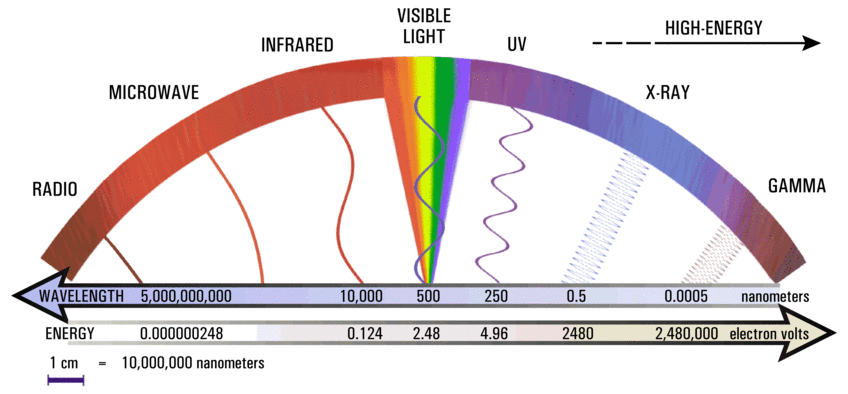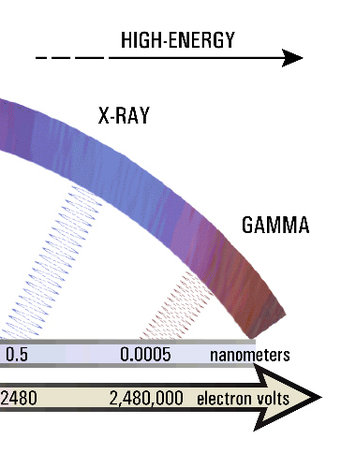What is High-Energy?
The radiation that we call "light" is only a small section of the electromagnetic spectrum. The whole spectrum spans from very long wavelengths (= low frequencies = low energies) usually called the radio regime, to the very short wavelengths (= high frequencies = high energies) which are called Gamma-rays.
High-Energy is called the radiation above (towards higher energies) the ultraviolet (UV), i.e. X-rays and Gamma-rays.
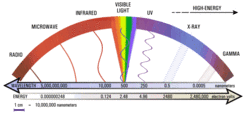
What is X-ray Astronomy
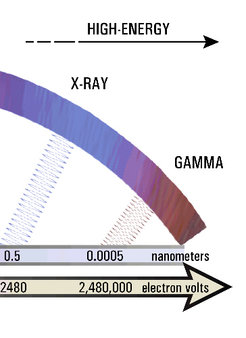
X-ray astronomy deals with phenomena which occur at the end of the stellar lifetimes: supernova explosions, neutron stars, and stellar black holes. Far outside our own Galaxy, the X-ray sky is dominated by active galaxies (radio galaxies, Seyfert galaxies, and quasars) with accreting supermassive black holes in their centers and by clusters of galaxies, the largest physical formations of our universe. Also, normal stars and galaxies can be studied with modern X-ray telescopes. And even comets and planets in the solar system are seen in X-rays.
A short introduction to X-rays and X-ray Astronomy can be found in NASA's "Imagine the Universe" pages: (level 1: basic) and (level 2: scientific).
What is Gamma-ray Astronomy?
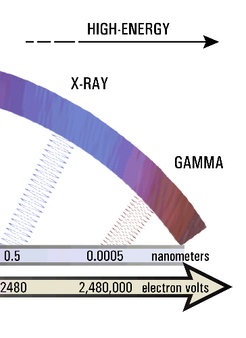
Gamma-rays are the most energetic form of electromagnetic radiation, with over 10,000 times more energy than visible light photons. If you could see Gamma-rays, the night sky would look strange and unfamiliar. The familiar sights of constantly shining stars and galaxies would be replaced by something ever-changing. Your Gamma-ray vision would peer into the hearts of solar flares, supernovae, neutron stars, black holes, and active galaxies. Gamma-ray astronomy presents unique opportunities to explore these exotic objects and the most energetic phenomena they produce. By exploring the universe at these high energies, scientists can search for new physics, testing theories and performing experiments which are not possible in earth-bound laboratories.
The energy band of gamma-ray astronomy (or more precise Gamma-ray astrophysics) extends over more than seven orders of magnitude, from typically 500 keV to more than 1 TeV. It is thus not surprising that a wide variety of detectors are used to study smaller sub-ranges. Most gamma-rays are absorbed by the Earth's atmosphere. Thus, cosmic gamma-rays are typically observed from high-altitude balloons and satellites.
A short introduction to gamma-rays and gamma-ray astronomy can be found in NASA's "Imagine the Universe" pages: (level 1: basic) and (level 2: scientific).
